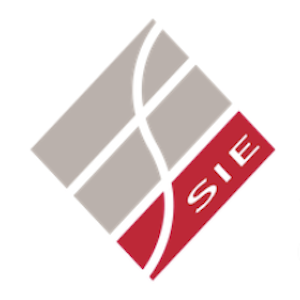Clinical management of a dens in dente type 3, with five canals and acute apical periodontitis in a maxillary lateral incisor

Accepted: 26 May 2022
All claims expressed in this article are solely those of the authors and do not necessarily represent those of their affiliated organizations, or those of the publisher, the editors and the reviewers. Any product that may be evaluated in this article or claim that may be made by its manufacturer is not guaranteed or endorsed by the publisher.
Authors
Aim: This report describes the clinical management of a dens in dente type 3 in a maxillary lateral incisor with five canals and acute apical periodontitis in a ten years old child.
Summary: An upper lateral incisor presenting dens in dente type III necrotic pulp and acute apical periodontitis was treated. After antibiotic therapy, root canal treatment was initiated and five root canals were located, four converging to an apical pulp chamber. All canals were enlarged using hand files, irrigated with sodium hypochlorite ultrasonically activated. Calcium hydroxide was placed into the canals. The patient missed his next appointment. Eight months after, the canals were re-instrumented, and calcium hydroxide was placed again. Three weeks later the five canals were filled with gutta-percha and an epoxy resin sealer, using a warm technique. Four of the canals were interconnected. Dens in dente was restored with a metal cast post with three retainers and a full porcelain crown. After three years, the periapical lesion showed healing.
Key learning points:
- Despite its very complex anatomy type III dens in dente can be successfully treated with conventional root canal treatment.
- To achieve success in each particular case when root canal therapy is needed, the clinician should be aware of the diverse clinical techniques available. The use of magnification with clinical microscope, ultrasonic activated irrigation, use of intracanal medication, and warm filling technique are encouraged.
- A restoration with a specific cast post, with three retainers, was used due to its particular root anatomy.
Supporting Agencies
Sub-Secretaría de Educación Superior, SEP, México, grant UDG-CA-657, IDCA 10087, Fortalecimiento de Cuerpos Académicos., PROINPEP 2022 Universidad de GuadalajaraEndodontics Postgraduate, Associate Professor
Endodontics Postgraduate, Biomedical Sciences Research Institute
Endodontics Postgraduate, Student
Endodontics Postgraduate, Chairman
How to Cite

This work is licensed under a Creative Commons Attribution-NonCommercial 4.0 International License.
Giornale Italiano di Endodonzia has chosen to apply the Creative Commons Attribution NonCommercial 4.0 International License (CC BY-NC 4.0) to all manuscripts to be published.


 https://doi.org/10.32067/GIE.2021.36.02.03
https://doi.org/10.32067/GIE.2021.36.02.03







